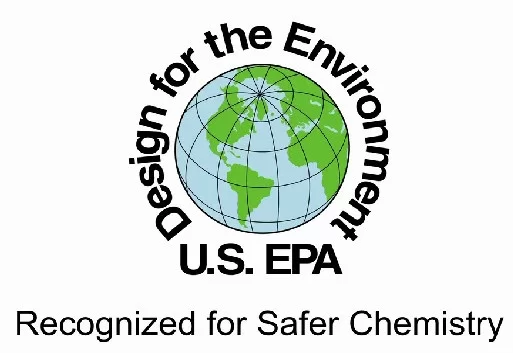I love my green cleaners that I get from June Turner! She owns a company, Healthwise 12 in Parker.
I think about the environment when I’m cleaning my home or office and want a safe environment for my kids. I use a brand of products – Legacy of Clean – that was founded in 1959. Legacy of Clean offers everything from laundry soap to household cleaners to biodegradable hand wipes.
I purchase my cleaning products from June Turner of Healthwise12, who shared with me some suggestions on purchasing environmentally friendly products.
First, look at the full list of ingredients on the package. We all know this, but how often do we do this? June said to avoid products that contain ammonia or ingredients that are listed as “proprietary blend” or “propriety ingredient(s).” For items with bleach, try to use them minimally – if at all.
Gaiam shared a list of ingredients to avoid in cleaners:
- Chlorinated phenols found in toilet bowl cleaners are toxic to respiratory and circulatory systems.
- Diethylene glycol found in window cleaners depresses the nervous system.
- Phenols found in disinfectants are toxic to respiratory and circulatory systems.
- Nonylphenol ethoxylate, a common surfactant (detergent) found in laundry detergents and all-purpose cleaners, is banned in Europe; it has been shown to biodegradeslowly into even more toxic compounds.
- Formaldehyde found in spray and wick deodorizers is a respiratory irritant and suspected carcinogen.
- Petroleum solvents in floor cleaners damage mucous membranes.
- Perchloroethylene, a spot remover, causes liver and kidney damage.
- Butyl cellosolve, common in all-purpose, window and other types of cleaners, damages bone marrow, the nervous system, kidneys and the liver. The list could fill a book. And it’s a book that would include thousands of other chemicals — some so dangerous that they’re found on lists of chemicals associated with Superfund toxic waste sites and in the toxins section of the U.S. Clean Air and Water Acts.

EPA symbol for Safer Chemistry
For more information, June suggested going to the EPA’s website page about its “Design for the Environment” program – www.epa.gov/dfe/.
For an easier way, you also can look for the Design for the Environment label, which identifies products that meet the EPA’s criteria as being made with the safest possible ingredients, while also performing well and being cost effective.
About 2,000 products – ranging from dish soap to laundry detergent to car and boat cleaners – have received the EPA designation, indicating they are safer and more sustainable than non-designated products.
If you’d like to check out some of the products June offers, visit http://healthwise12.com/. But do look for the EPA label or the list of ingredients in the products you are buying.

